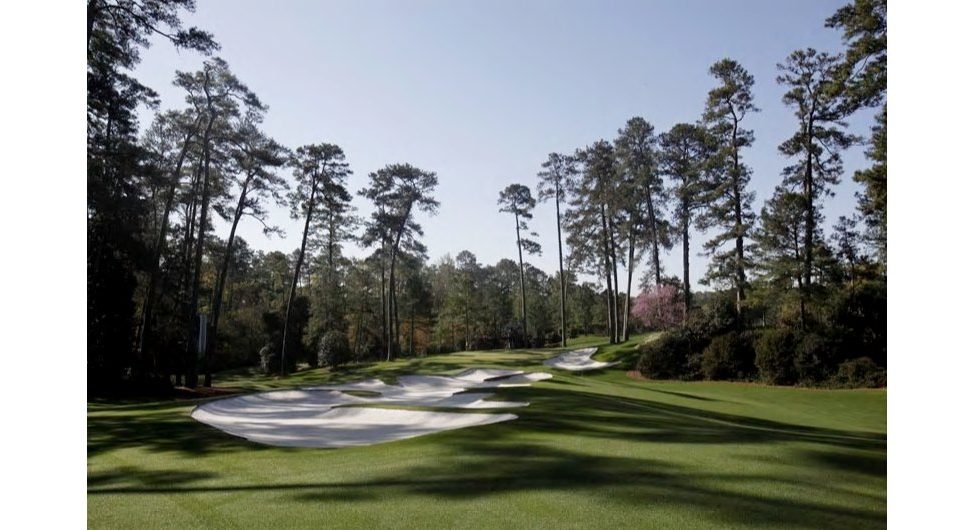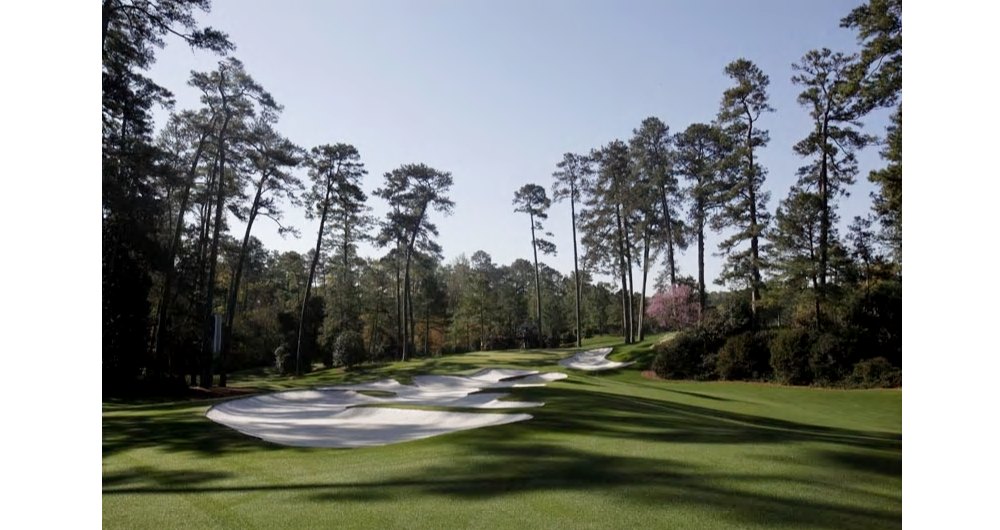
Estimated reading time: 7 minutes
AUGUSTA, GA. When Bob Jones and Clifford Roberts co-founded Augusta National Golf Club it was Jones who insisted that amateurs have a continuous and future role in the playing of the Masters.
When one watches the conclusion of the CBS telecast from Butler Cabin the opening dialogue of the award ceremony commences when Masters Chairman Fred Ridley congratulates the low amateur who plays 72 holes.
Jones was the greatest golfer of his generation — amassing 13 major titles in just seven years. At the age of 28, he opted to retire from golf in 1930, after winning the Open and Amateur Championships of the USA and the UK in one calendar year. A golf feat never matched and one which can never be surpassed.
Jones wanted the best amateurs to forever be part of the invitation list to golf’s first major championship. Although no amateur has ever won the coveted green jacket there were three who finished in the runner-up position. The closest time cruelly impacted the talented Ken Venturi who entered the final round in 1956 with a four-shot lead.
Heavy winds were in full force for that final round and Venturi limped home with a concluding 80. Incredibly, his score beat everyone in the field except for Texan Jack Burke, Jr. who saved par on the final hole after hitting his approach into a greenside bunker. Amazingly, if Venturi had shot a 78, he would have claimed the top spot and a 79 would have forced an 18-hole playoff. Venturi would later turn pro and had another opportunity in 1958 to snatch a Masters title, but late round heroics from Arnold Palmer ended the bid. In 1964, Venturi would end his drought in the majors by claiming the U.S. Open through a grueling heat wave at Congressional. To this day, the low 18-hole round score by an amateur is held by Venturi — a six-under-par 66 in the first round in 1956.
Remaining a career amateur was something a number of players followed in the early years of the Masters. Success at professional golf was anything but certain and total purses played then were paltry compared to what would be the case in the years that followed.
Charlie Coe, an Oklahoman was involved in the oil business, but the two-time U.S. Amateur champion had the most consistent career of any amateur to have walked the fairways of Augusta National. He holds the distinction of the lowest four-round score with a total of 281, accomplished in 1961. It was that year when Coe tied with Arnold Palmer for second rallying in the final round from six shots down to finish one stroke behind winner Gary Player.
Coe played in 19 Masters and owns almost every amateur record at Augusta, including most cuts made — 15; top-25 finishes with 9; top-10 finishes with 3; most eagles made with 6; rounds played – 67; and most times low amateur – 6. Incredibly, Coe won low amateur honors at Augusta in four consecutive decades: 1940, 1950s, 1960s and 1970s.
In more recent years, amateurs who have demonstrated superior play have quickly moved into the professional ranks to continue their careers in the sport. When Jack Nicklaus arrived on the scene it was Jones who talked to the Ohioan about considering remaining an amateur. Nicklaus seriously entertained the possibility of selling insurance but opted to continue his climb in golf through the professional ranks.
Masters chairman Fred Ridley was also a successful amateur claiming the U.S. Amateur title in 1975 as well as being selected to the 1976 Eisenhower Trophy Team and the USA Walker Cup team in 1977. He remains the last amateur who never turned professional as he continued his career path in the legal profession. Ridley would later be elected President of the USGA (2004) and then ascended to the Chairman’s position at Augusta National in October 2017.
In recent memory — there was the sensational performance of then amateur Matt Kuchar. With his father carrying the bag the star player from Georgia Tech finished with an even par total score of 288 and proceeded to earn a return invitation in 1999 via a top 24 placement which the club used at that time. How good was Kuchar’s performance? He finished 13 shots ahead of the next lowest amateur Joel Kribel.
In 2019 — the year Tiger Woods captured his 5th Masters and 15th major championship — it was Norway’s Viktor Hovland who clearly showed his talents. Breaking par for the 72-hole event with a score of 285 and T32 finish and earning low amateur honors. Hovland is now ranked the 4th best player in the world.
Not all amateurs who have intersected with the Masters were on the original invitation list. When the field for the event has had an odd number of players making the 36-hole cut, the role of Augusta member Jeff Knox has meant being paired as a score marker with the final player in the field.
How good is Jeff Knox?
The career amateur holds the non-Masters 18-hole score with a mindboggling 11-under-par 61.
Would you like this job? Jeff Knox, the luckiest marker in golf, alongside Rory McIlroy at the 2014 Masters Tournament.
— DP World Tour (@DPWorldTour) April 13, 2020
Knox has also teed it up with Ernie Els, Jason Day and Bubba Watson at Augusta. pic.twitter.com/BFYcZCxReg
Knox started his “unofficial” role in 2003 and his golf game has been strong enough — he plays to a +1 handicap, to have actually bested playing partners such as Sergio Garcia in 2006 and Rory McIlroy during the final round in 2014. Amazingly, this is the same Rory who would go on to win two consecutive majors later that same year.
No less than Tiger Woods, reportedly, sought out Knox in 2015. Before the 2020 Masters. And McIlroy reached out to Knox and played with him prior to the event on a reconnaissance mission. Knox is a successful businessman and the director of the Knox Foundation, a non-profit organization that supports local charities.
In 2019, Augusta National extended its involvement beyond the Masters with the creation of the Augusta National Women’s Amateur. The event was a clear sign in attempting to build a higher profile for both the club and women’s golf generally. Prior to 2012, Augusta National had no female members and in 2003 a protest, albeit a small one, took place near to the entrance of the club led by Martha Burk.
The Women’s Amateur is a 54-hole event with invited players who make the 36-hole cut playing the final round at Augusta National. The event is televised and gallery is permitted to attend.
The most fascinating dimension on how Augusta National and amateur golf connects is through the Crow’s Nest — a location in the upper reaches of the clubhouse where amateurs have a room set aside just for them to come together and sleep overnight. The room is not especially large. Actually, spartan in terms of its offerings but ever tidy in appearance and practical in its function. However, if the walls could speak one would hear the many tales of younger players likely going to make their respective marks in the years to come.
Augusta National also provides for a clear celebration of the amateur connection. On Monday night of tournament week — a dinner is arranged just for those participants to gather together and be celebrated for their accomplishment in being a part of the Masters.
Jones always wanted amateurs to have a front row seat at Augusta National and that position has and will remain so. No doubt the likelihood of an amateur ever winning the Masters is probably beyond reach given the broad depth of the professional game globally.
Nonetheless, the embodiment of golf that Jones relished was in providing various pathways where the different roads players traveled could intersect and come together.
Augusta National and amateur golf will be aligned — always.
